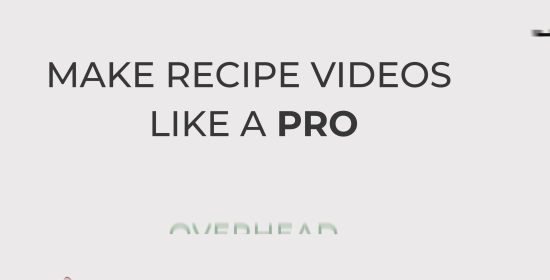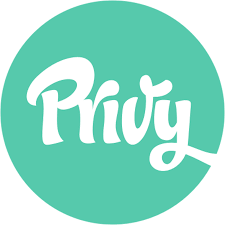$15K/Month Helping Video Creators Grow Their Business
Hello! Who are you and what are you working on?
Hi! My name is Kiran and I am one of the founders of Snackable, OverHead Pro, and Snackable Studios. We help video creators, create, grow and monetize their content.
We started with an e-commerce store 2 years ago which earned $1000 within the first month.
I spoke (and continue to speak) with my customers to understand their challenges, and offered additional services to help them.
The e-commerce store has evolved over the last year to include video editing, video production, blogger sharing groups and influencer marketing. Since launching the e-commerce store just over 2 years ago, we are currently making $15K CAD/month.

What's your backstory and how did you come up with the idea?

Download the report and join our email newsletter packed with business ideas and money-making opportunities, backed by real-life case studies.

Download the report and join our email newsletter packed with business ideas and money-making opportunities, backed by real-life case studies.

Download the report and join our email newsletter packed with business ideas and money-making opportunities, backed by real-life case studies.

Download the report and join our email newsletter packed with business ideas and money-making opportunities, backed by real-life case studies.

Download the report and join our email newsletter packed with business ideas and money-making opportunities, backed by real-life case studies.

Download the report and join our email newsletter packed with business ideas and money-making opportunities, backed by real-life case studies.

Download the report and join our email newsletter packed with business ideas and money-making opportunities, backed by real-life case studies.

Download the report and join our email newsletter packed with business ideas and money-making opportunities, backed by real-life case studies.












